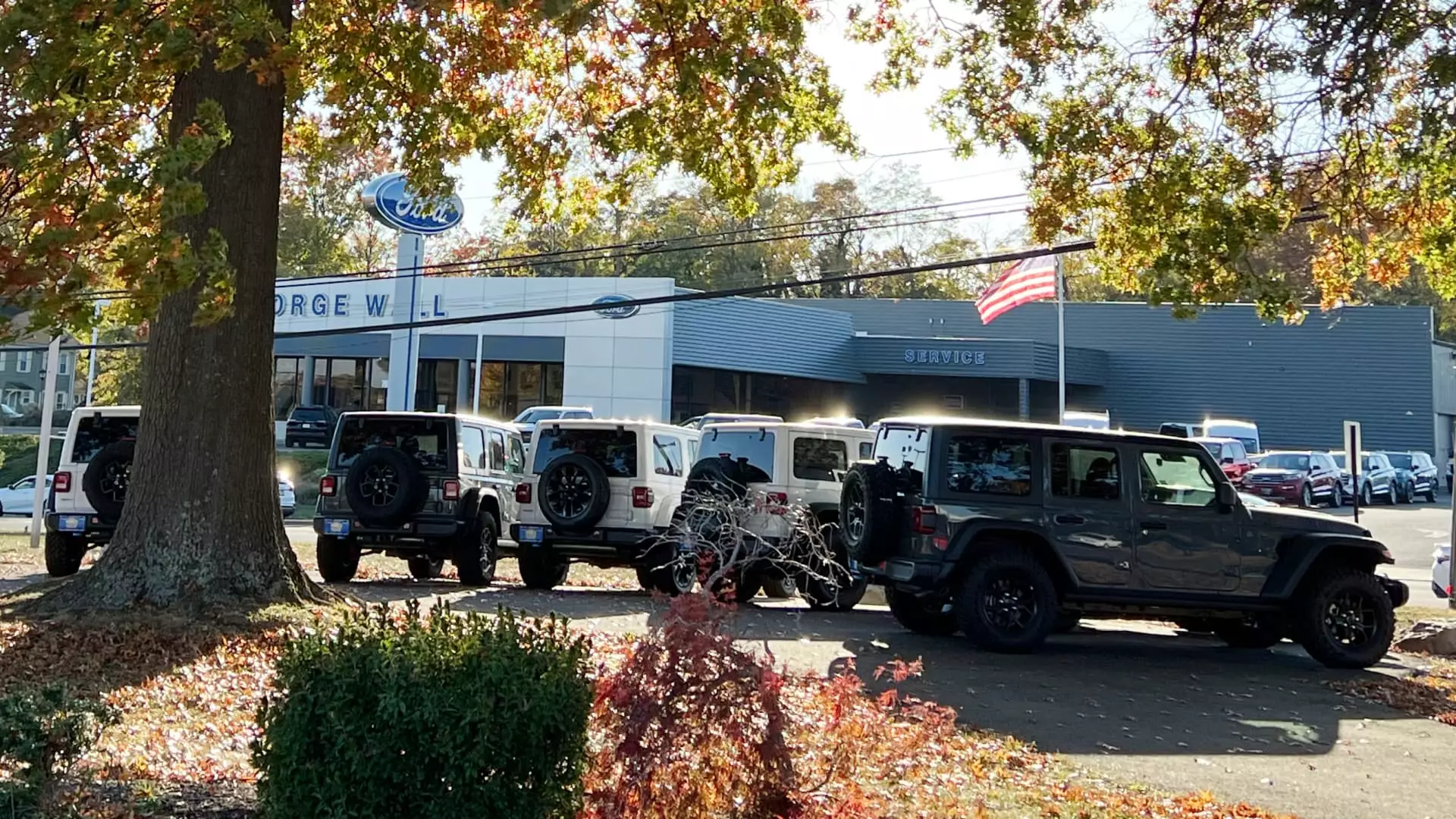Navigating the transition from adolescence to adulthood can be a significant milestone both for teenagers and their parents. This journey often includes the anticipation of obtaining one’s first car, a symbol of freedom and independence. As I glance back at my own experiences with car ownership, I can’t help but draw comparisons with the current market conditions that my daughter faces as she turns 17. What was once a straightforward process has now morphed into a complicated puzzle influenced by rising prices, changing consumer preferences, and advanced technology.
Decades ago, I fondly remember the rush of buying my first vehicle—a Toyota Tercel worth less than $10,000. It represented not only my newfound autonomy but also the immensity of a world filled with opportunities. Back then, this purchase felt like a rite of passage, achievable and delightful, as the car market was friendly to young buyers. Fast forward to today, and I find myself at a crossroads. My daughter, having dedicated herself to saving since she was 13, should theoretically be in a good position to contribute to the purchase of a used car. However, my enthusiasm has been tempered by an overwhelming realization: prices in the used car market have escalated to a staggering degree.
The New Economic Reality of Used Cars
The latest data reveals the current average listing price for used vehicles has soared to approximately $25,361. This dramatic rise is largely attributed to supply chain disruptions stemming from the pandemic, a factor that has fundamentally altered the landscape of car ownership. As noted by automotive experts, the options available for budget-conscious consumers have dwindled. Cars priced under $30,000 are now exceedingly rare, with many families facing the harsh truth that their purchasing power has diminished significantly. Furthermore, a staggering 10% of cars sold now exceed $70,000 — a notable leap from just five years ago.
As I delve deeper into the statistics, it becomes evident that the new car market isn’t any more forgiving. The average transaction price has climbed to nearly $48,000, which is disheartening for parents like myself who wish to impart the joys of car ownership to our children. The complexity doesn’t just lie in the initial price, either. Insurance rates for younger drivers further add to the burden, making the overall experience more daunting.
Technological Advancements: An Unforeseen Cost
One cannot overlook how the evolution of automotive technology has contributed to rising prices. Modern cars come equipped with an array of high-tech features—from touch screens to sophisticated safety systems—that not only enhance the driving experience but also inflate costs. While these state-of-the-art additions can significantly improve safety and convenience, they also mean that the cars we might have once considered affordable are now far beyond our financial reach.
For instance, my daughter had her heart set on a Jeep Wrangler. While this model boasts excellent resale value, even a decade-old version remains priced at around $23,000. This realization prompted us to consider newer models, especially since the Wrangler’s safety improvements in recent years necessitate a greater financial investment. The allure of having the latest technology comes at a price, one that many parents may not be prepared to pay.
The Search for Affordable Options
Despite the hurdles, our search for a used car led us to various online platforms and local dealerships. Websites like Cars.com are designed to streamline the buying process, but the harsh reality of inflated prices quickly became evident. For a glimmer of hope, we decided to explore nearby dealerships, which yielded some favorable results, though it was evident that transparency in pricing has taken away much of the bargaining power that buyers once enjoyed.
Automotive market analysts point out that competition among dealerships has intensified, making it increasingly challenging to negotiate prices down. While there are genuine incentives to encourage buyers, the lack of pricing flexibility often frustrates potential car owners. As I navigated through this market, I felt the weight of responsibility to ensure my daughter has the best experience possible, yet the constraints of current economic conditions remained ever-present.
In the end, what was meant to be a moment of triumph became an exercise in financial planning. We ended up spending more than initially intended, and the added expense of insuring a teen driver was simply the cherry on top. As I reflect on this journey, I realize that it’s not just about the car; it symbolizes a transition into independence that comes with its own set of challenges and responsibilities.
As we move forward, this experience has been invaluable. It’s a reminder of how quickly circumstances can change and how essential it is to adapt to the new normal—be it in the automotive world or beyond. Buying a car for my daughter isn’t just a transaction; it’s a lesson in economics, financial literacy, and navigating a changing landscape—a lesson that she is now ready to embrace.

